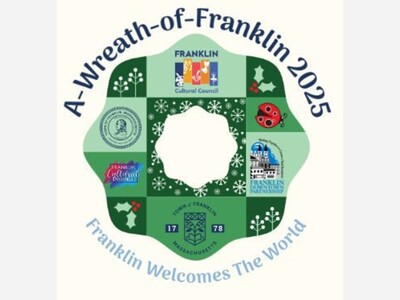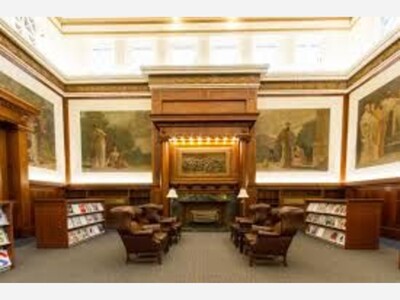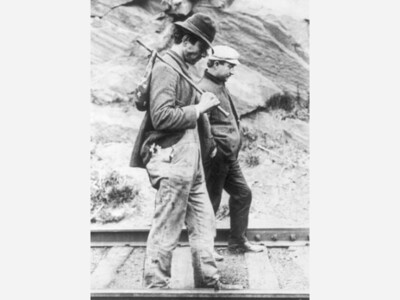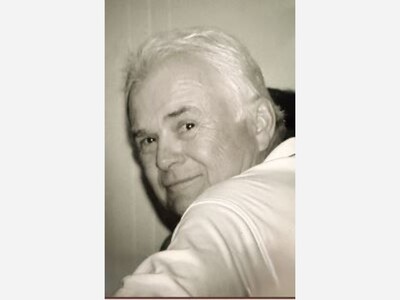Additional AirLoc Memories from Local Historian Joe Landry
Hi Alan,
I saw your article about Air-Loc and it brought back many memories of working at Clark, Cutler, McDermott for me. I started there in November of 1968 (one year after I graduated from Franklin High School) and it was on the third shift (11:00 pm to 7:00 am). It was a struggle but that how the union ran things. You started at the bottom of the seniority list and as new people were hired (or when people retired), your name would move up the list. As first-shift jobs became available, you could bid on them with the job going to the guy with the most seniority. And since it was a union shop, everyone got the same rate of pay which was re-negotiated every few years when the contract would expire.
When we reported for work at 11:00, we would punch in on the timeclock and we would stand around until the supervisor assigned us to different jobs by seniority. The nastiest job was "feeding" the machines. This was a messy job where you would gather up a handfull of shredded wool and you would toss it into the large hopper that was about four feet off the floor. Everyone hated that job. Of course, the newest guy had to do the nastiest job so as new guys were hired, the tasks became easier. The best job was on the "cutter", which was recently used to manufacture the Covid gowns. This was a relatively clean job and it made the night pass by quickly. But after many months of working on the third shift, I really wanted to get a first-shift job. So when a first-shift job in the Air-Loc department became available, I bid on it. You can imagine my surprise when I found out that I was the only guy that bid on the job and as a result, I got the job!!!!! YIPPIE!!!!! No more third shift!!!!
The following day, I started working in the Air-Loc department under Jim Corey. The types of tasks that needed to be performed were varied. On any given day, I would take the sisal sheets that were approximately 17 inches by 24 inches and would immerse them in the green solution that was in a tank and then run them through a set of rollers that were similar to the kind that were on old time washing machines. Then, those pads would be pressed between two metal plates and would become the vibration pads that Air-Loc was famous for. Another job that I did was to prepare the anti-vibration wedge-mounts for painting. Before they could be painted, they needed to be buffed on a wire brush machine. The smaller ones weren't too bad but the 6 inch by 6 inch mounts were heavy and I hated doing them. Then, they were painted in the spray booth and after they were dried, I would apply a small decal on the side of them. After that, they would be brought into a room so that the vibration pads could be added to them using a smelly adhesive. We would line the wedge-mounts up on a table and everyone would apply the pads to the mounts.
In October of 1969, I went on active duty in the US Naval Reserve for two years and I was assured that my job would be waiting for me once I was released from active service. This was a union requirement. Sure enough, when I was separated from active service, my job was waiting for me and I continued working there until I got a new job at the Wrentham Development Center, then known as the Wrentham State School.
-- Joseph Landry














